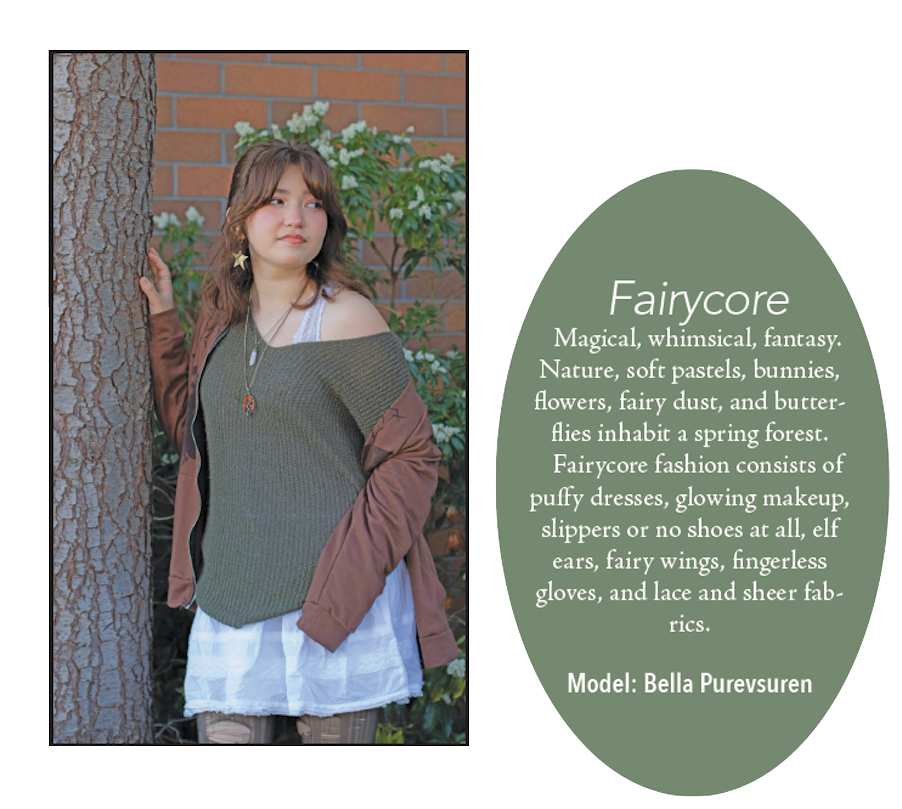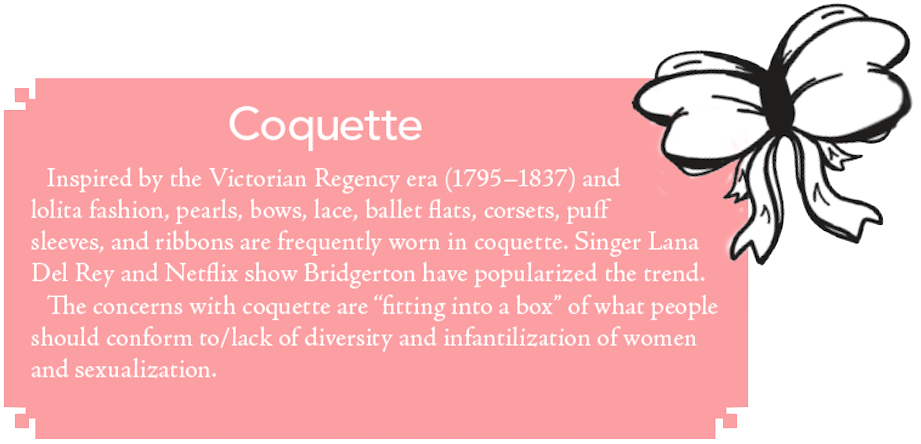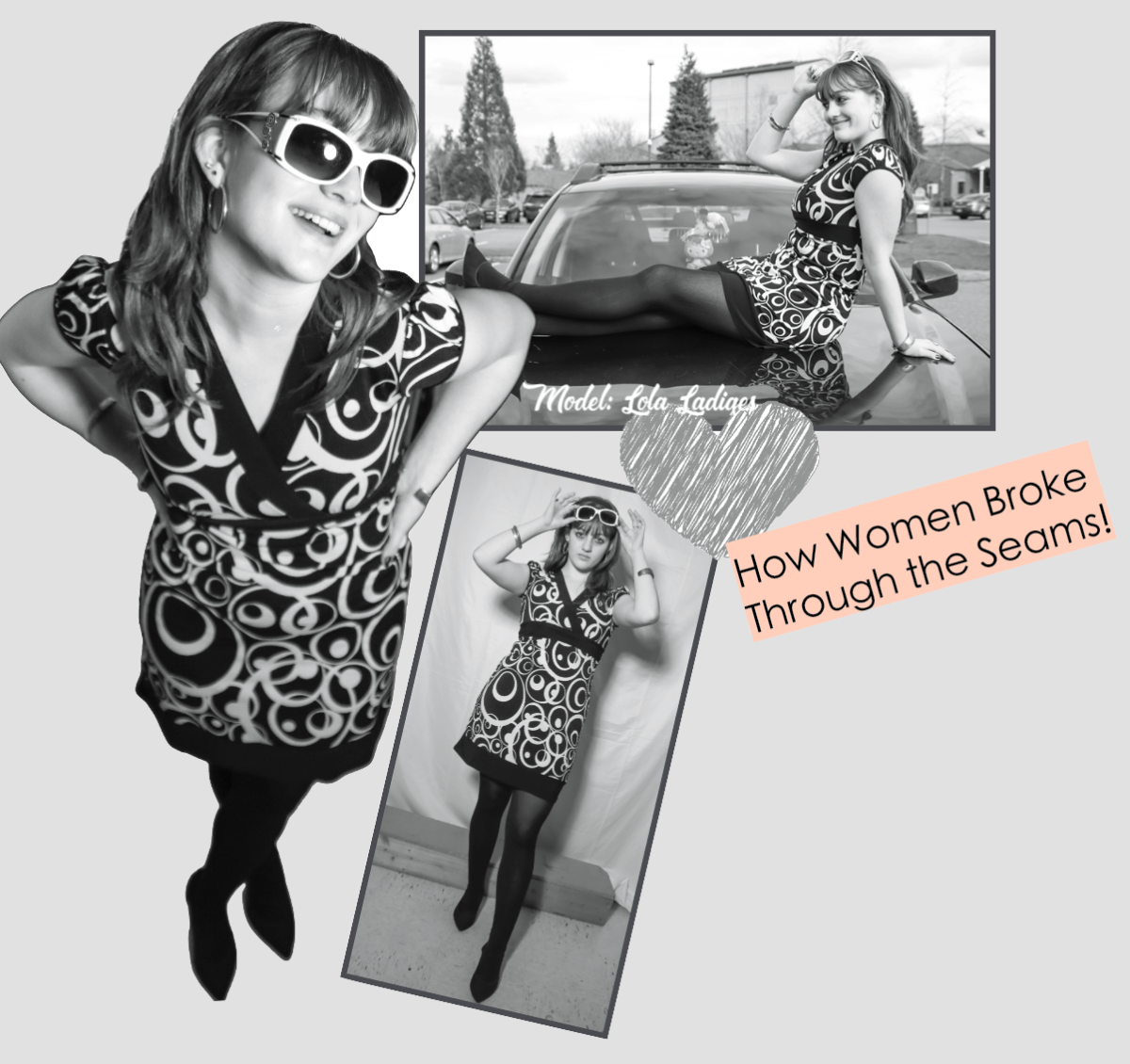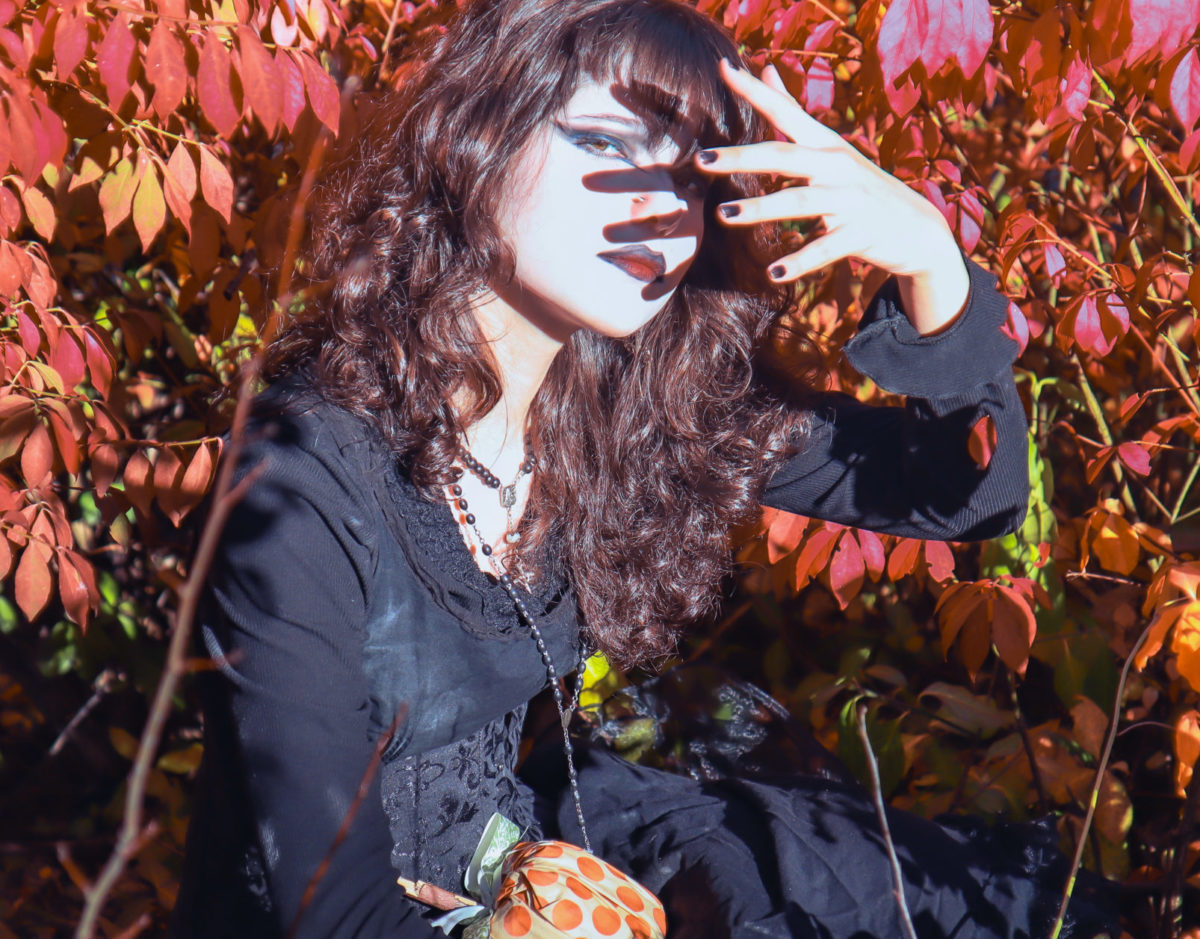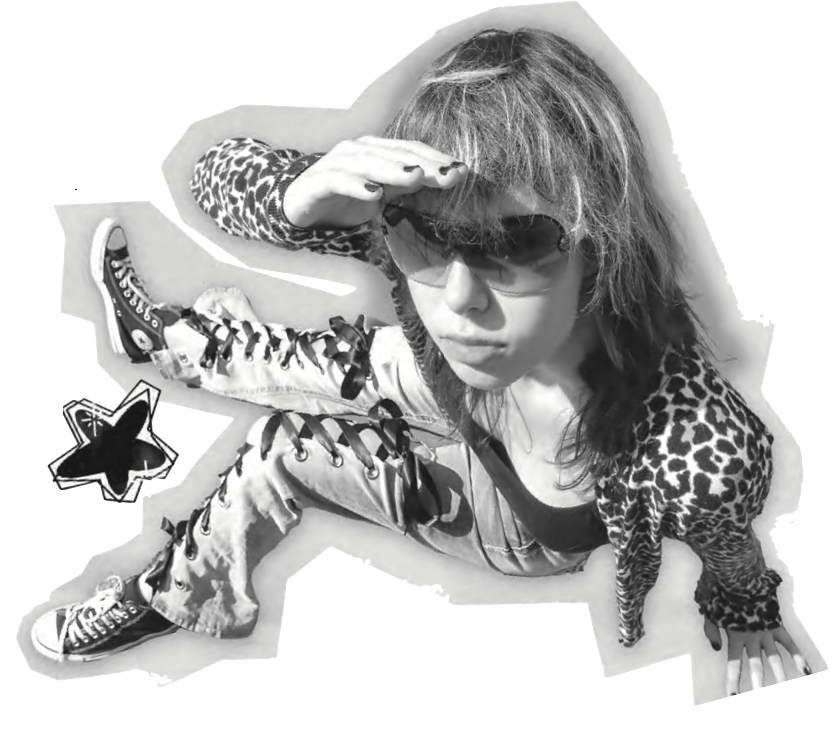There have been a plethora of fashion trends over the centuries– some dead, some alive, some revived.
In this modern age, consumers are bombarded with avant-garde fashion shows and flashy, colorful outfits worn by fashion enthusiasts everyday on social media. These fashion trends are spawned out of pop culture, boredom, and spontaneous creativity, but they can unintentionally harm some individuals.
Mono no aware–mono meaning “things” and aware meaning “feeling” or “pathos,” together mean “the pathos or feeling of things.” “It implies an awareness of the fleeting, impermanent nature of life,” says Kristine Harper of the blog Fashion Police. It also means “an empathy toward things,” or “a sensitivity to ephemera,” a Japanese idiom for the awareness of impermanence–change.
Even though there is fun to be had with these trends, there are also concerns about consumerism and lack of individuality.
“I feel like trends and mainstream fashion can kill people’s creativity a lot of the time,” sophomore Cedar Kenall claims. “This obsession with putting everything into little boxes like all the different ‘-cores’ and this idea that you have to pick one aesthetic and only do that is stupid and harmful. Clothing and fashion, at least to me, is about self-expression and I think it destroys the whole point of trying to put everything into little boxes and it really shows how close-minded people are.”
Conformity can sometimes be contagious. Seeing others in appealing outfits can attract others to wear the same or similar clothing.
“The main concern I’ve seen is pressure to hop on the bandwagon of these trends. These trends go out so fast but they also come in fast and while they are ‘in,’ people can bully or pressure others to hop on the bandwagon or buy from certain brands,” senior Julia Erdey observes.
What do all of these aesthetic trends have in common? Fast fashion. Some of the biggest culprits in this industry are Zara, H&M, Shein, Temu, Forever 21, and UNIQLO.
The fast fashion industry is known for overproducing cheap quality clothing and harming the environment. An overwhelming majority of it is unused.
“Guess what percentage of total material flow through this system is still in product or use six months after [its] sale in North America. Fifty percent? Twenty? No. One percent. One! In other words, ninety-nine percent of the stuff we harvest, mine, process, transport-ninety-nine percent of the stuff we run through this system is trashed within six months,” author Aja Barber wrote in her book “Consumed”.
“According to an analysis by Business Insider, fashion production comprises 10% of total global carbon emissions, as much as the European Union,” reports Earth.org. Water usage, microplastics, energy usage, and pollution are the main environmental concerns when it comes to fast fashion
One popular thrift store in the local area is Bella’s Voice, who partner with an animal nonprofit every month, and all the sales from their items which are all 100% donated go directly to caring for animals.
Whether or not you want to participate in these trends is up to you on how you want to express yourself creatively, and it’s always worth looking deeper than what meets the eye.
How do aesthetics impact schools?
Spirit week days at MTHS are another way to participate in fun dress up. There was even a Coquette day at one point during Valentine’s Day week (Week of Love). It is received positively most of the time, but it still shares feelings of similar problems to trends.
“A lot of the spirit days don’t really make sense to me and feed into this weird obsession everyone has with putting restrictive labels on styles and naming everything specific aesthetics,” said sophomore Cedar Kenall.
How can people combat or improve the fast fashion industry?
One of the most common options is thrifting! But what else is there to help with the current situation?
“Educating people about the low quality clothing and that they are simply paying for quantity over quality. Educating them about the labor situation in countries where fast fashion factories are located can help switch them to more sustainable and high quality fashion choices,” Erdey suggests.
“People need to embrace individual self expression and style. Wear what you like and not what fits a specific category. Stop trying to dress like everyone else and create things unique to you, thrift and upcycle, be resourceful.” -Cedar Kenall
“Having your own style and your own self-worth.” -Jenna Gallagher


